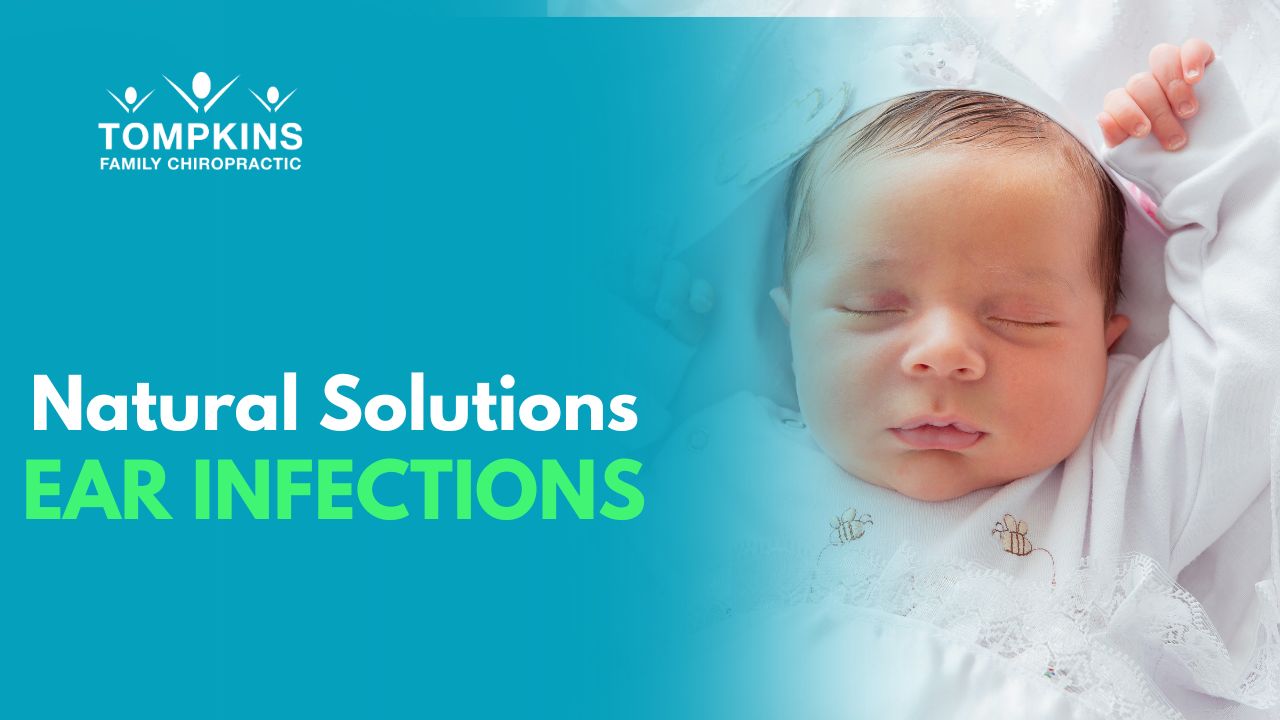
Dealing with Ear Pain in Children
It can be tough when your child is going through the agony of an ear infection. They might cry, feel distressed due to pain, tug at their ears, and have trouble settling down or sleeping. As a parent, you might feel helpless not knowing how to ease their suffering. Let’s dive into what ear infections are and what you can do if your child has an earache.
What Are Ear Infections?
Ear infections can occur suddenly and last for a few days, or they can persist for weeks or months. When an ear infection strikes quickly, we often call it an “earache,” while doctors refer to it as acute otitis media. These infections are most common in children under the age of 2 and are a top reason parents seek medical help for their kids. In older children, prolonged ear infections are often referred to as glue ear or otitis media with effusion. Earaches and glue ear are typically caused by viral or bacterial infections deep within the ear.
The Shift in Treatment
Not too long ago, doctors commonly prescribed antibiotics for children with ear infections. However, recent insights suggest that routine antibiotic use may not be very helpful and can lead to more harm than good due to side effects. Nowadays, the standard approach to otitis media is to provide pain relief and observe how the child’s immune system handles the infection. Approximately 80% of children with earaches recover on their own within a few days. If improvement doesn’t occur naturally, there are medical treatments available, but their effectiveness remains a topic of debate.
Challenges with Traditional Treatments
For persistent ear infections, one traditional treatment involves the insertion of grommets or ventilation tubes in the ear. Unfortunately, recent research indicates that grommets may not be very effective in many cases of chronic earache. This often leads parents to adopt a “watch and wait” approach, which can be frustrating when a child is in pain. Furthermore, some children with glue ear experience temporary hearing loss, affecting their education and development, prompting parents to explore alternative options.
Can Chiropractic Care Help?
Parents sometimes turn to manual therapists like chiropractors, believing they may help alleviate ear infections in children. But what does the research reveal?
Researchers have examined whether chiropractic or osteopathic care can benefit children with otitis media. They theorize that it may boost the immune response or aid in clearing blocked or infected ear tubes by adjusting cranial bones or related muscles.
The Research Findings
A comprehensive review of nearly 50 research articles related to chiropractic care or osteopathy and ear infections showed mixed results. Many studies involved only a single patient or a small number of patients with earaches who improved, but without control groups, it was impossible to determine if their improvement was solely due to the therapist’s intervention. Some higher-quality randomized controlled trials did show promising but mixed results.
Mixed Results in Studies
One osteopathy study found no significant benefits in preventing earaches in children prone to them, while another study showed positive results. The latter involved 57 children aged 6 months to 6 years who suffered from recurrent earaches. One group received standard medical care, while the other received both standard care and osteopathic treatment. Over six months, the osteopathy group had fewer earache episodes, fewer antibiotic prescriptions, and fewer grommet surgeries, suggesting positive outcomes for children with recurring earaches.
The Need for More Research
Researchers typically seek consistent, high-quality studies before confirming the effectiveness of an intervention. Therefore, while chiropractic care may offer some help, more robust research is required to draw definitive conclusions about its efficacy in treating ear infections.
What Should You Do?
If your child experiences recurring earaches or glue ear, chiropractic or manual therapy may offer benefits, but further research is needed for a conclusive answer. However, it’s important to note that chiropractic care for children and infants is considered very safe. If you’re not comfortable with a “wait and see” approach and prefer a safe, natural intervention for your child’s health, consider consulting a family chiropractor to ensure their spine and nervous system are in good shape, giving them the best possible start in life.
- Suzuki HG, Dewez JE, Nijman RG, et al. Clinical practice guidelines for acute otitis media in children: a systematic review and appraisal of European national guidelines. BMJ open 2020;10(5):e035343. doi: 10.1136/bmjopen-2019-035343 [published Online First: 2020/05/07]
- Qureishi A, Lee Y, Belfield K, et al. Update on otitis media – prevention and treatment. Infect Drug Resist 2014;7:15-24. doi: 10.2147/IDR.S39637
- Bluestone CD. Otitis media in children: to treat or not to treat? N Engl J Med 1982;306(23):1399-404. doi: 10.1056/nejm198206103062305 [published Online First: 1982/06/10]
- Venekamp RP, Sanders SL, Glasziou PP, et al. Antibiotics for acute otitis media in children. The Cochrane database of systematic reviews 2015;2015(6):CD000219-CD19. doi: 10.1002/14651858.CD000219.pub4
- van Zon A, van der Heijden GJ, van Dongen TM, et al. Antibiotics for otitis media with effusion in children. Cochrane Database Syst Rev 2012(9):Cd009163. doi: 10.1002/14651858.CD009163.pub2 [published Online First: 2012/09/14]
- Schilder AG, Chonmaitree T, Cripps AW, et al. Otitis media. Nat Rev Dis Primers 2016;2(1):16063. doi: 10.1038/nrdp.2016.63 [published Online First: 2016/09/09]
- Pohlman KA, Holton-Brown MS. Otitis media and spinal manipulative therapy: a literature review. Journal of chiropractic medicine 2012;11(3):160-69. doi: 10.1016/j.jcm.2012.05.006

